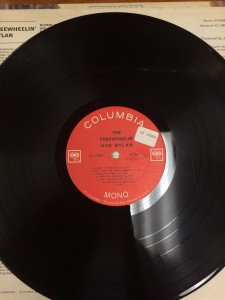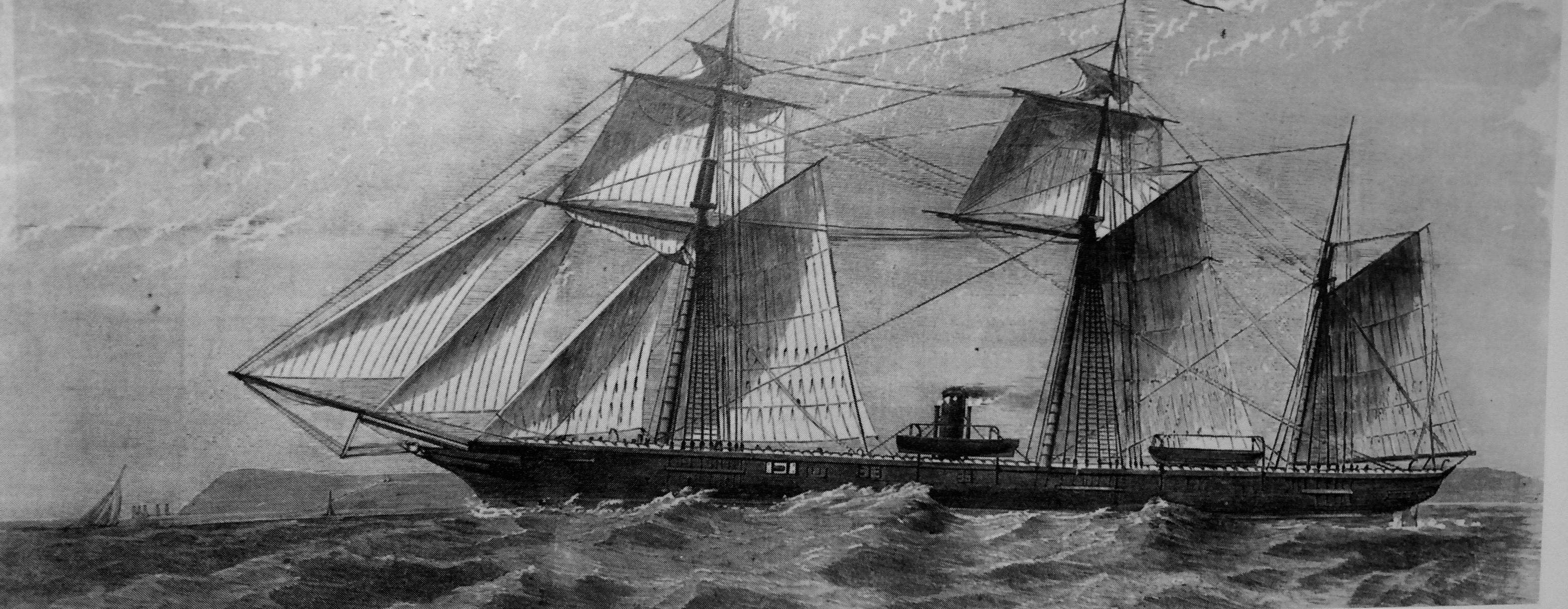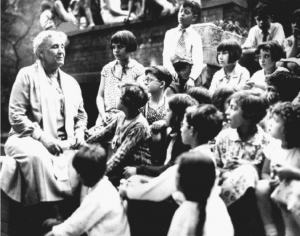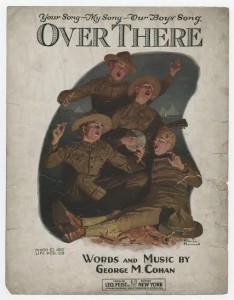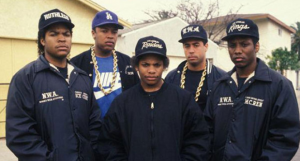
Straight Outta Compton is a certified double platinum album that was released August 9, 1988, by the rap group N.W.A. (McCann 368). In this album, group members O’Shea “Ice Cube” Jackson, Eric “Eazy-E” Wright, Lorenzo “MC Ren” Patterson, Antoine “DJ Yella” Carraby, and Andre “Dr. Dre” Young describe the everyday life of the black man in Compton, located in South Central Los Angeles. The album also sheds light on a domestic war that few Americans knew the true story behind: the war against police brutality and black-on-black violence. Read more

